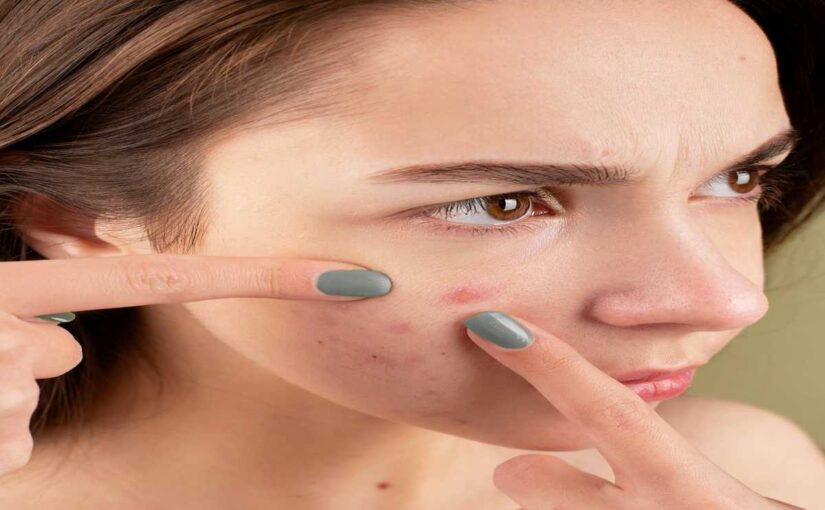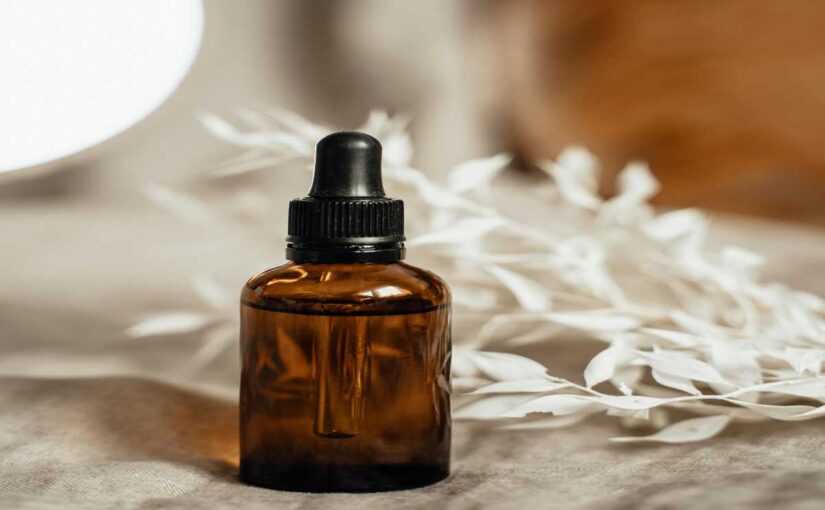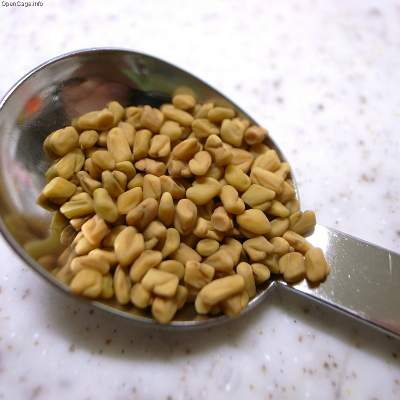Experiencing red spots on your skin can be alarming. They may appear suddenly and can vary in size, shape, and texture. Understanding what causes these red spots, how to treat them, and preventative measures can help you manage your skin health effectively. This comprehensive guide will walk you through everything you need to know about red spots on your skin, including common causes, treatment options, and practical solutions for relief.
What Are Red Spots?
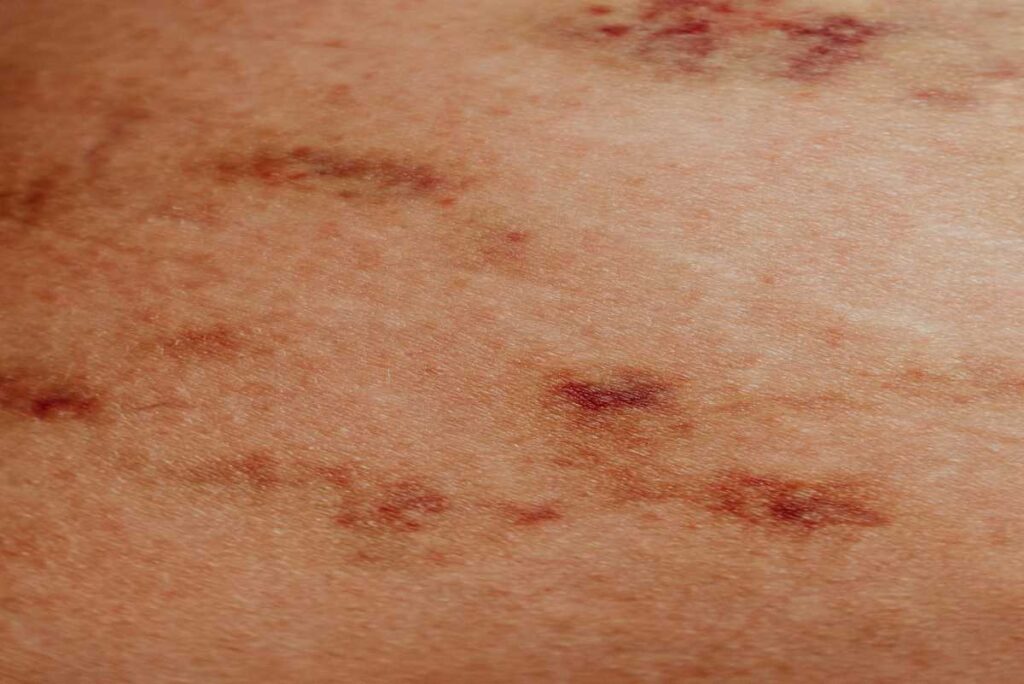
Red spots on the skin are areas of redness that can vary in size and shape. They can appear anywhere on the body and may be accompanied by other symptoms such as itching, swelling, or pain. The appearance of red spots can range from tiny dots to larger patches and can indicate various underlying conditions, ranging from benign to more serious issues.
Characteristics of Red Spots
- Color: Usually bright red or dark red, depending on the cause.
- Texture: Can be flat or raised; some may be itchy or painful.
- Location: Can appear on any part of the body, including the face, arms, legs, and torso.
Importance of Understanding Red Spots
Recognizing the signs and symptoms associated with red spots can empower you to take control of your skin health. Whether they are temporary irritations or indicators of an underlying condition, understanding red spots can help you make informed decisions about when to seek treatment and how to care for your skin effectively.
Common Causes of Red Spots
Identifying the cause of red spots is essential for determining the appropriate treatment. Here are some common causes:
Allergic Reactions
Allergic reactions can cause red spots or rashes on the skin. Common triggers include:
- Foods: Certain foods such as nuts, shellfish, dairy, and certain fruits can trigger allergic reactions.
- Medications: Antibiotics and pain relievers may cause skin reactions in some individuals.
- Skin Products: Soaps, lotions, or cosmetics can lead to contact dermatitis, resulting in red spots.
Symptoms: Itching, swelling, and redness are common in allergic reactions. If you suspect an allergy, try to identify the trigger and avoid it.
How to Identify Allergic Reactions:
- Review Recent Changes: Consider any new foods, medications, or products you’ve used recently.
- Observe Timing: Note when the red spots appeared in relation to exposure to potential allergens.
- Seek Allergy Testing: If you’re unsure of the cause, consider consulting an allergist for testing.
Skin Conditions
Certain skin conditions can lead to the formation of red spots:
- Eczema: A chronic condition that causes dry, itchy skin and can lead to red patches. Eczema can be triggered by various factors, including environmental irritants and allergens.
- Psoriasis: An autoimmune disorder that results in red, scaly patches on the skin. It often affects the scalp, elbows, and knees.
- Acne: Can cause red spots or pimples on the face and body, especially during flare-ups. Acne can be exacerbated by hormonal changes, stress, and diet.
Recognizing Skin Conditions:
- Eczema: Look for dry, cracked patches of skin that may ooze or crust over.
- Psoriasis: Identify red patches covered with silvery scales, often appearing symmetrically on the body.
- Acne: Notice inflamed pimples or cysts, often accompanied by blackheads and whiteheads.
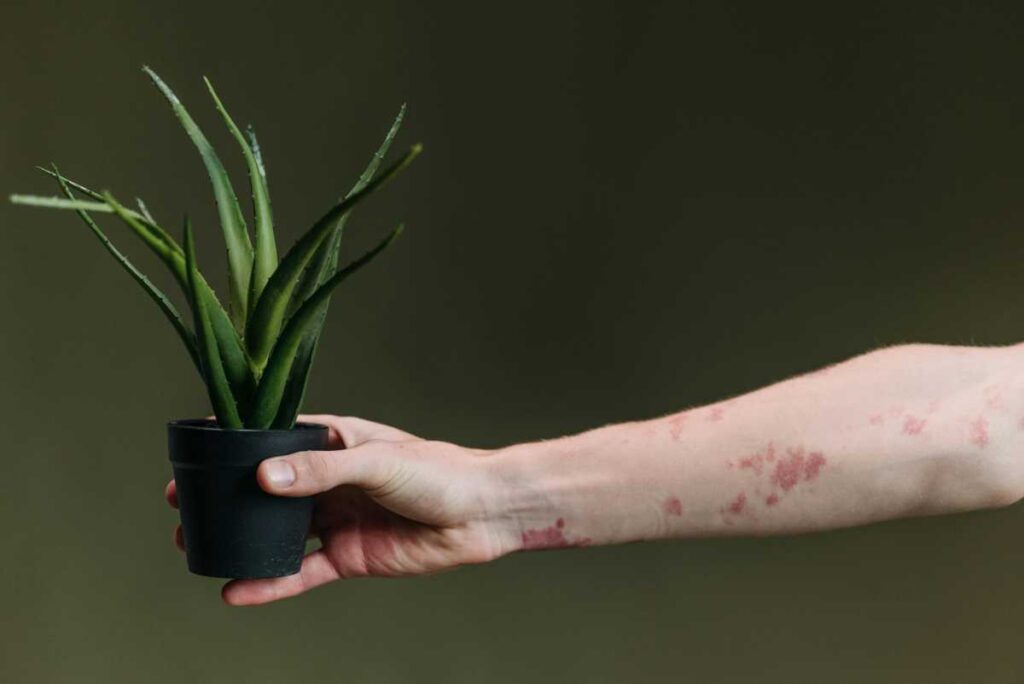
Infections
Infections can also result in red spots. These can be bacterial, viral, or fungal:
- Bacterial Infections: Conditions like folliculitis (inflammation of hair follicles) or cellulitis can cause red spots. Folliculitis often appears as small, red bumps around hair follicles, while cellulitis typically causes larger areas of redness and swelling.
- Viral Infections: Chickenpox, shingles, and measles can lead to red rashes and spots on the skin. These conditions may be accompanied by fever and other systemic symptoms.
- Fungal Infections: Conditions like ringworm can result in red, itchy patches. Fungal infections often have a distinct ring-like appearance and can spread if not treated.
Recognizing Infections:
- Bacterial Infections: Look for red, swollen areas that may be warm to the touch and may also drain pus.
- Viral Infections: Note if red spots are accompanied by flu-like symptoms, such as fever, fatigue, or body aches.
- Fungal Infections: Observe for spots that have raised edges and may itch.
Heat Rash
Heat rash, or prickly heat, occurs when sweat becomes trapped under the skin, causing red spots or bumps. It often appears in hot and humid weather and is more common in infants and young children.
Symptoms of Heat Rash:
- Red Bumps: Small, raised red spots that may appear in clusters.
- Itching and Discomfort: A prickling or burning sensation may accompany the rash.
Preventing Heat Rash:
- Stay Cool: Wear lightweight, breathable clothing and stay in air-conditioned environments when possible.
- Keep Skin Dry: Pat the skin dry after sweating and avoid heavy creams that may block sweat glands.
Insect Bites
Bites from mosquitoes, fleas, or other insects can lead to localized red spots that may be itchy or swollen. These spots usually appear shortly after being bitten.
Symptoms of Insect Bites:
- Redness and Swelling: A small red spot that may expand and become swollen.
- Itching: A strong urge to scratch the affected area.
How to Treat Insect Bites:
- Clean the Area: Wash the bite with soap and water to prevent infection.
- Apply Cold Compress: Reduce swelling and itching with a cold pack.
- Use Topical Creams: Consider hydrocortisone or calamine lotion for itching relief.
Other Factors
Other factors that may contribute to red spots include:
- Blood Vessel Issues: Conditions like petechiae or purpura, which involve tiny blood vessels breaking under the skin, can lead to small red or purple spots. These spots do not blanch when pressed.
- Sunburn: Overexposure to the sun can cause red spots as a result of skin damage. Sunburn can also lead to peeling skin and increased sensitivity.
- Dermatitis: Various forms of dermatitis, including seborrheic dermatitis, can result in red patches on the skin, often appearing oily or scaly.
How to Treat Red Spots
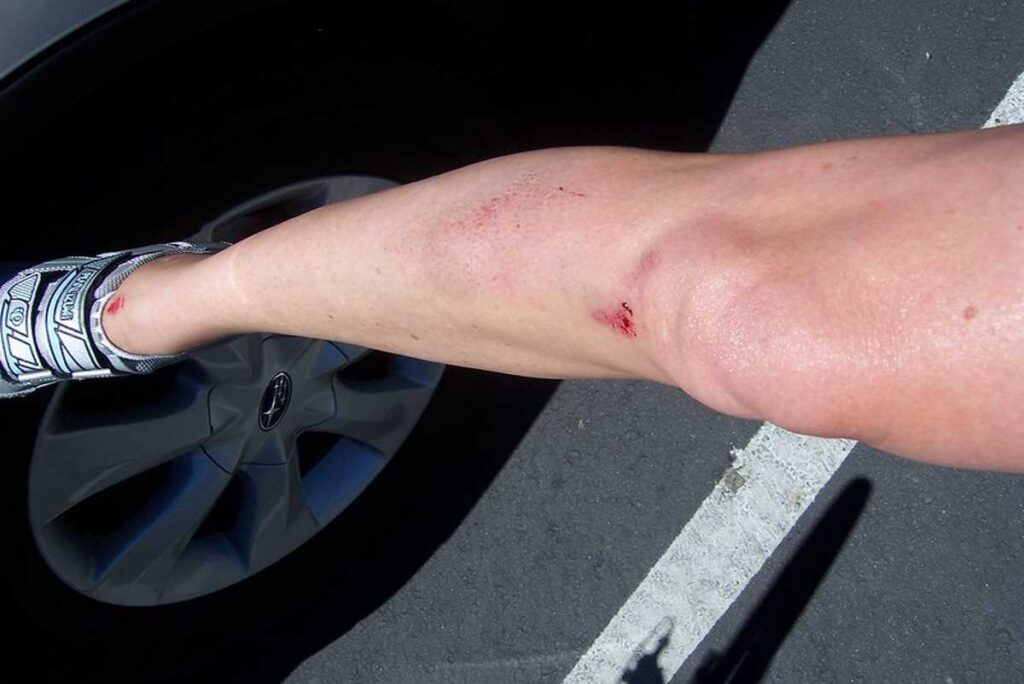
Treatment for red spots depends on their cause. Here are some effective options:
Home Remedies
- Cold Compress: Applying a cold compress to the affected area can help reduce swelling and soothe itching. Use a clean cloth soaked in cold water or a cold pack wrapped in a towel.
- Aloe Vera Gel: Known for its soothing properties, aloe vera can be applied directly to red spots to calm the skin. Look for pure aloe vera gel without additives for best results.
- Oatmeal Baths: Soaking in an oatmeal bath can relieve itchiness and irritation caused by allergic reactions or eczema. Simply add colloidal oatmeal to warm bathwater and soak for 15–20 minutes.
- Coconut Oil: This natural moisturizer can help hydrate the skin and reduce redness. Apply organic coconut oil to the affected areas as needed.
- Apple Cider Vinegar: Diluted apple cider vinegar may help with fungal infections and has antibacterial properties. Mix one part vinegar with three parts water and apply with a cotton ball, rinsing after a few minutes.
Over-the-Counter Treatments
- Hydrocortisone Cream: This anti-inflammatory cream can help reduce redness and swelling associated with allergic reactions and skin conditions. Use as directed on the affected area.
- Antihistamines: Oral antihistamines like diphenhydramine (Benadryl) can alleviate itching and swelling from allergic reactions. Always follow the dosage recommendations on the packaging.
- Calamine Lotion: Effective for soothing insect bites and rashes, calamine lotion can provide relief from itching. Apply as needed to the affected areas.
- Topical Antifungals: For fungal infections, over-the-counter antifungal creams like clotrimazole or miconazole can help clear up the infection and reduce redness.
Prescription Medications
If over-the-counter treatments do not provide relief, you may need to see a doctor for prescription medications:
- Topical Steroids: Prescription-strength steroids can be more effective for treating inflammatory skin conditions such as psoriasis and eczema.
- Antibiotics: If a bacterial infection is present, your doctor may prescribe oral or topical antibiotics to help clear the infection.
- Antiviral Medications: In cases of viral infections like shingles, antiviral medications may be necessary to speed up recovery and reduce symptoms.
- Immunosuppressants: For severe skin conditions like psoriasis, systemic medications may be recommended to help manage the immune response.
When to Seek Medical Help
While many cases of red spots can be managed at home, certain situations warrant a visit to a healthcare professional:
- Persistent Spots: If red spots do not improve or worsen over time, seek medical advice to rule out underlying conditions.
- Accompanied by Other Symptoms: If you experience fever, difficulty breathing, or other concerning symptoms, contact a doctor immediately.
- Severe Pain or Swelling: If the red spots are painful or associated with significant swelling, a medical evaluation is necessary to assess for infection or other complications.
- Rapidly Spreading Spots: If red spots spread quickly across the body, it could indicate a serious condition requiring prompt attention.
- Changes in Appearance: Any sudden changes in the size, shape, or color of existing moles or spots should be evaluated by a dermatologist.
Preventative Measures
To minimize the risk of developing red spots on your skin, consider implementing the following preventative measures:
- Avoid Known Allergens: If you have allergies, make a list of triggers and take steps to avoid exposure.
- Use Gentle Skin Care Products: Opt for hypoallergenic, fragrance-free products to reduce the risk of irritations.
- Practice Good Hygiene: Regularly wash your skin and keep it moisturized to maintain its health and integrity.
- Protect Your Skin from the Sun: Use sunscreen with at least SPF 30 to protect against sunburn and skin damage.
- Stay Hydrated: Drinking plenty of water supports overall skin health and can help prevent dryness.
- Maintain a Healthy Diet: A balanced diet rich in vitamins and antioxidants can support skin health and resilience.
- Manage Stress: Stress can exacerbate skin conditions, so practice stress-reduction techniques such as meditation, exercise, or yoga.
Conclusion
Red spots on the skin can result from a variety of causes, ranging from benign irritations to more serious conditions. Understanding the characteristics of these spots and their common causes can help you manage your skin health effectively. Whether using home remedies, over-the-counter treatments, or seeking medical advice, taking action can alleviate discomfort and improve your skin’s appearance. By implementing preventative measures, you can maintain healthy skin and reduce the likelihood of future occurrences. If you’re ever in doubt about the cause of red spots on your skin, consult a healthcare professional for personalized advice and treatment options.

